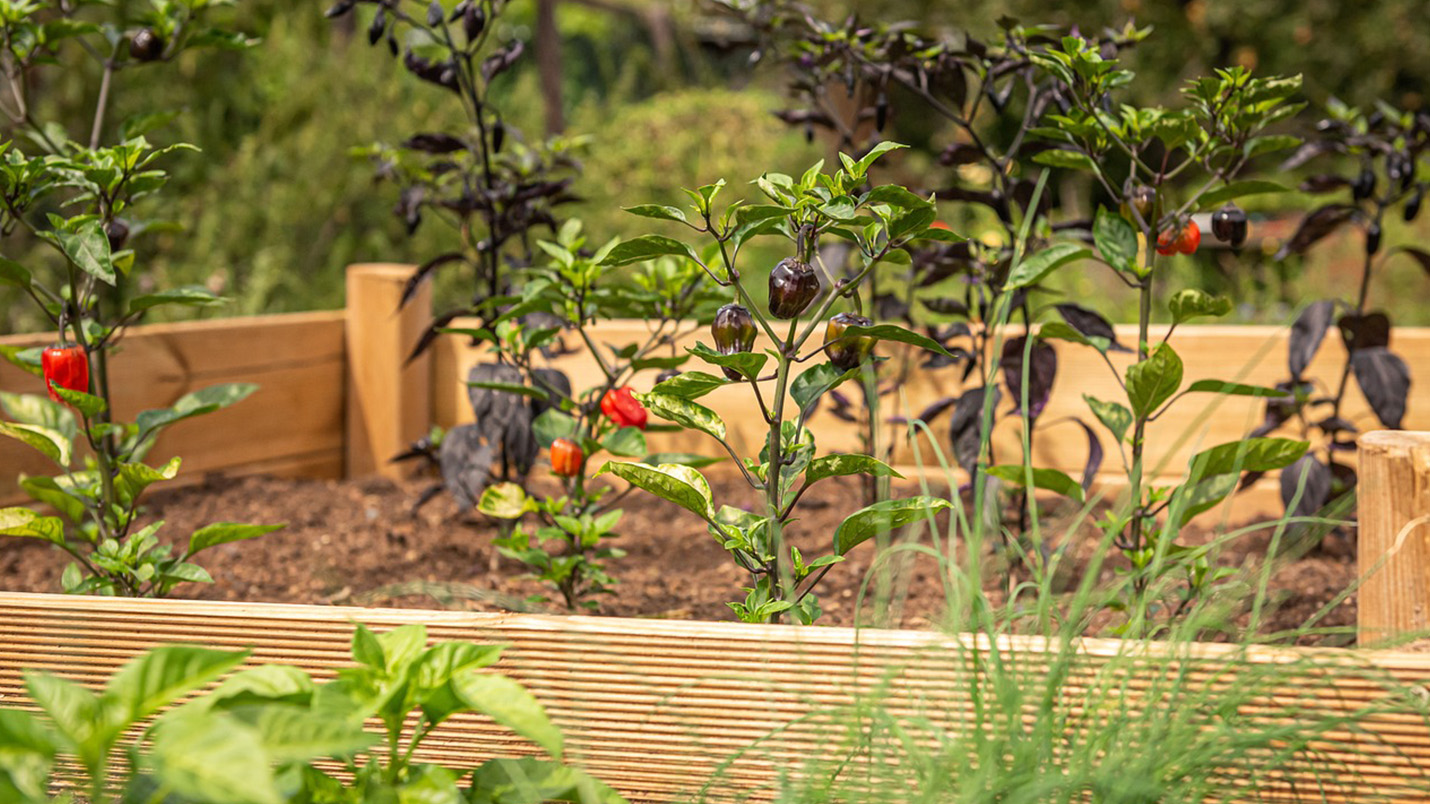Elevate Your Garden: Crafting a Raised Garden Bed for Flourishing Greens
Gardening is a rewarding endeavor that brings us closer to nature and provides a sense of accomplishment. One way to take your gardening experience to the next level is by creating a raised garden bed. This guide will walk you through the steps of designing, constructing, and filling a raised garden bed to transform your outdoor space into a thriving green haven.
Choosing the Right Location
Select a suitable spot in your garden for the raised bed. Ensure it receives adequate sunlight and is easily accessible for watering and maintenance.
Designing Your Garden Bed
Consider the dimensions of your garden bed based on the available space and the types of plants you intend to grow. Popular options include rectangular and square-shaped beds. Make sure it's at a comfortable height for gardening without straining your back.
Gathering Materials
Collect the necessary materials for building the raised bed. This typically includes lumber for the frame, screws, a saw, a level, and a drill. Opt for untreated, rot-resistant wood like cedar for a longer-lasting bed.
Constructing the Frame
Assemble the frame of the garden bed using the chosen lumber. Secure the corners with screws to ensure stability. Use a level to make sure the bed is even.
Preventing Weeds and Pests
To prevent weeds and pests from infiltrating your garden bed, consider placing a layer of weed fabric at the bottom before adding soil.
Filling the Bed with Soil
Select a high-quality gardening soil or create your own mix by combining compost, topsoil, and other organic matter. Fill the raised bed, leaving some space at the top to allow for settling.
Choosing Plants
Select plants that are suitable for a raised bed environment. Consider factors like sunlight requirements, water needs, and compatibility with neighboring plants.
Planting and Caring for Your Garden
Carefully plant your chosen vegetation, following recommended spacing guidelines. Water the plants thoroughly after planting and maintain a consistent watering schedule.
Mulching and Fertilizing
Apply a layer of organic mulch around the plants to retain moisture, regulate soil temperature, and deter weeds. Consider supplementing with natural fertilizers to promote healthy growth.
Monitoring and Maintenance
Regularly check the moisture levels and condition of the soil. Keep an eye out for pests or diseases and take appropriate action if needed.
Enjoying the Fruits of Your Labor
As your garden bed thrives, take pleasure in the beauty and bounty it brings to your outdoor space. Whether it's vibrant flowers, fresh herbs, or delicious vegetables, your raised bed garden is a testament to your green thumb.
By following these steps, you'll have successfully created a raised garden bed, providing an ideal environment for your plants to flourish. Happy gardening!

Home Improvement Guru




